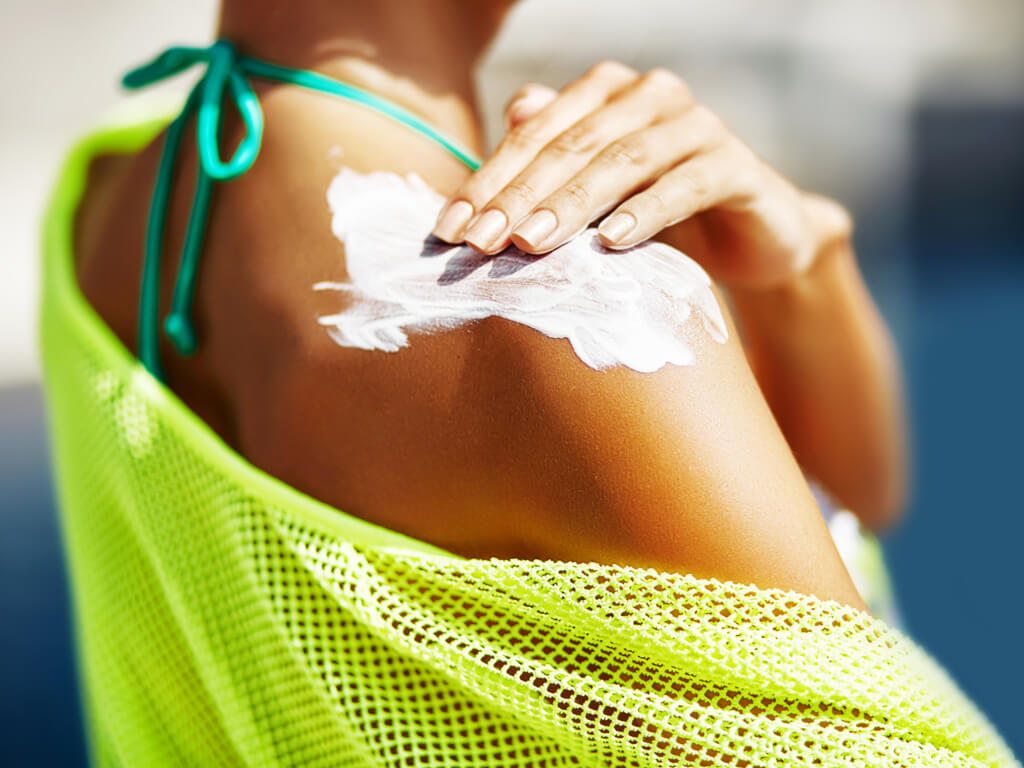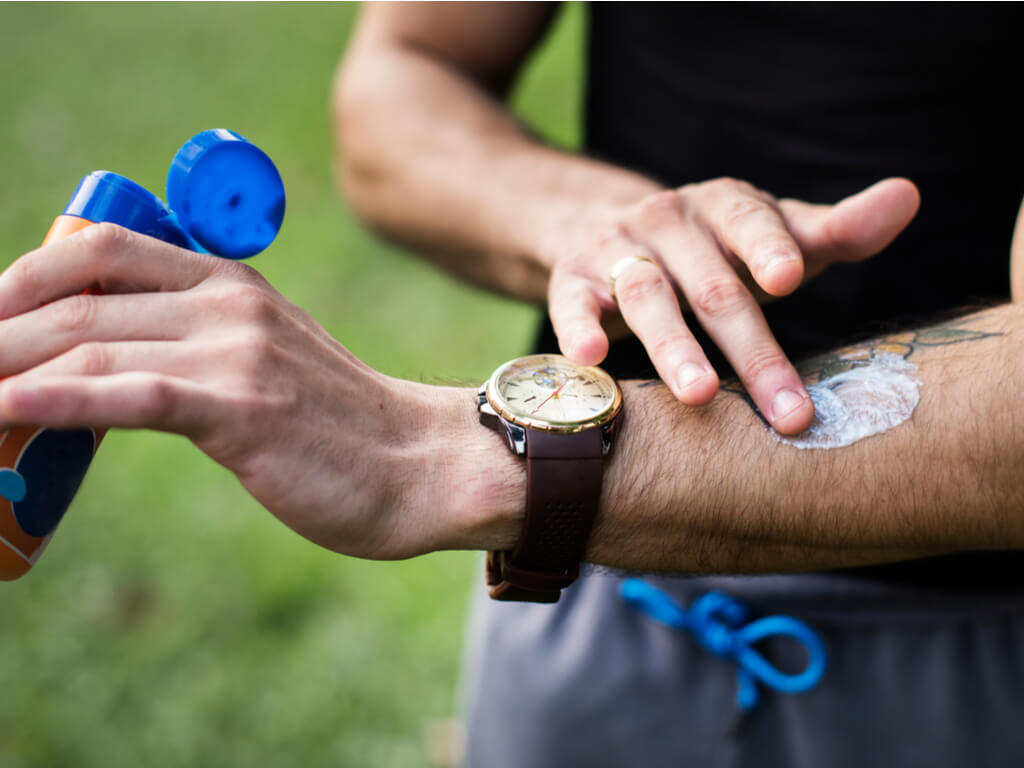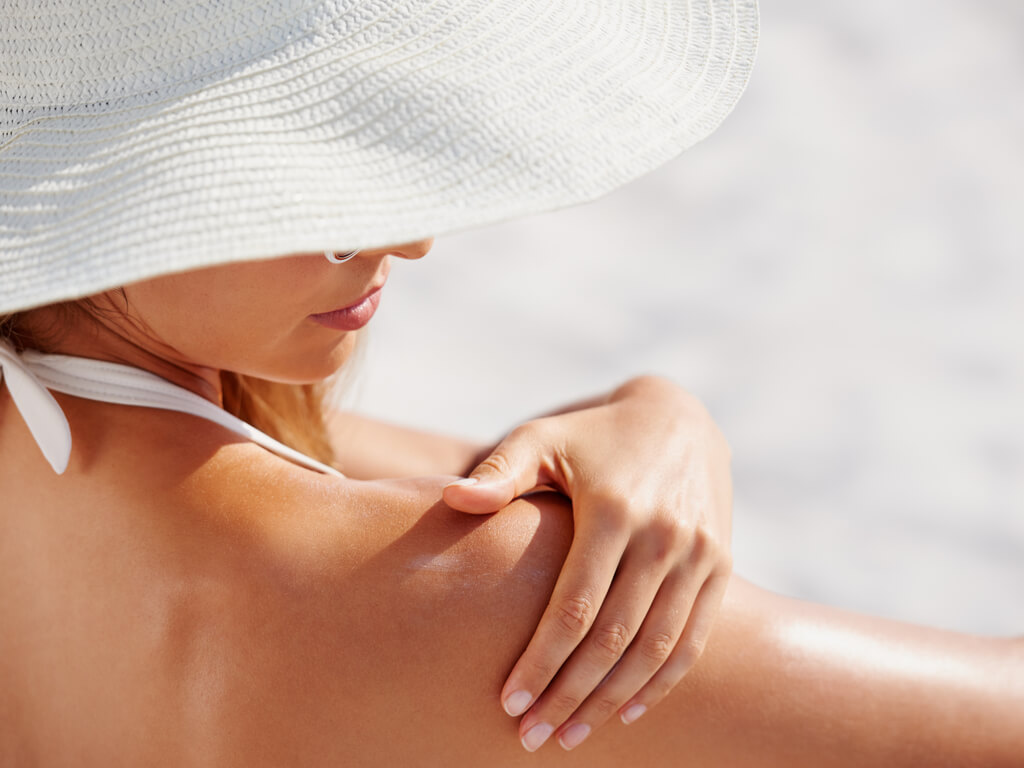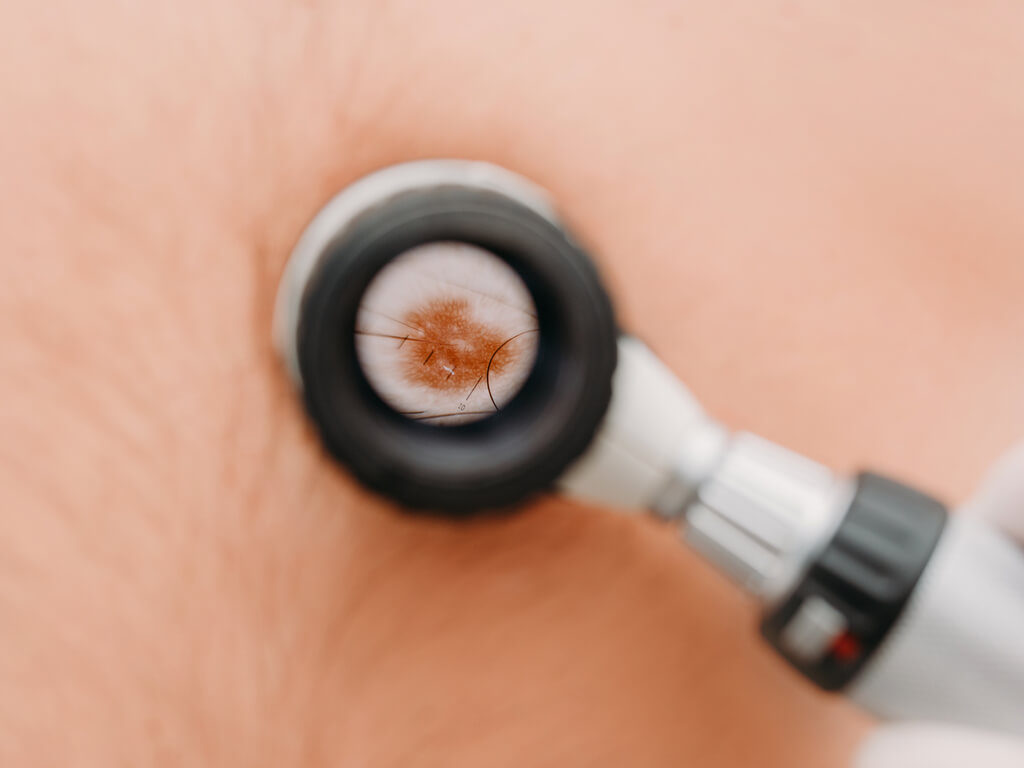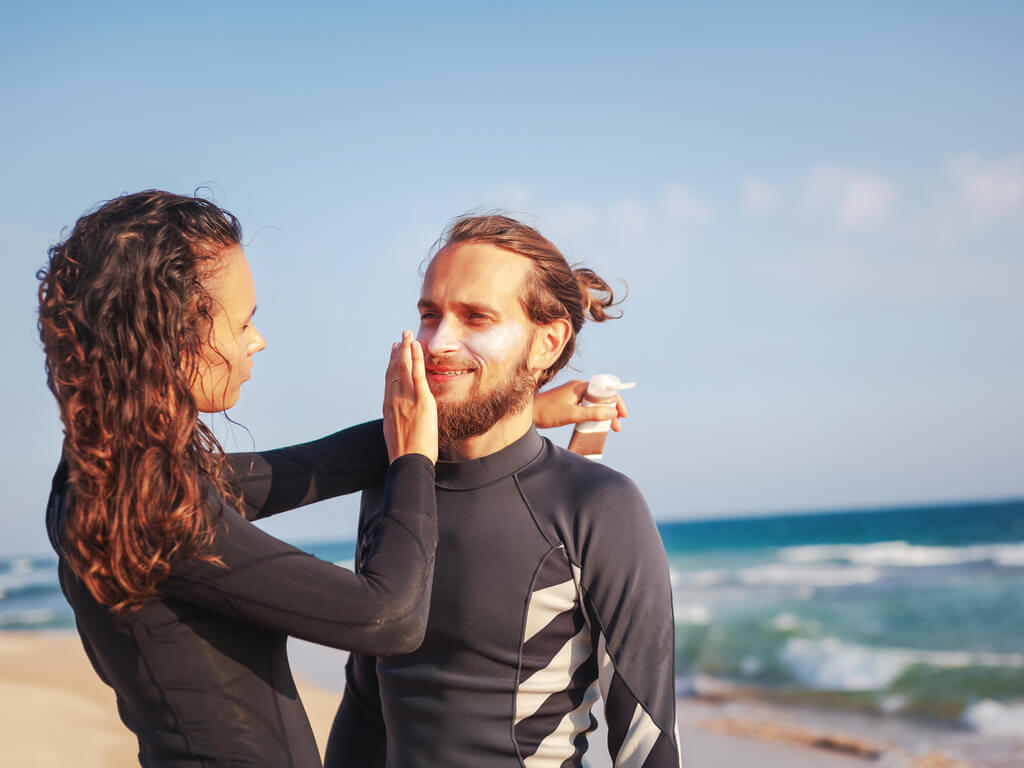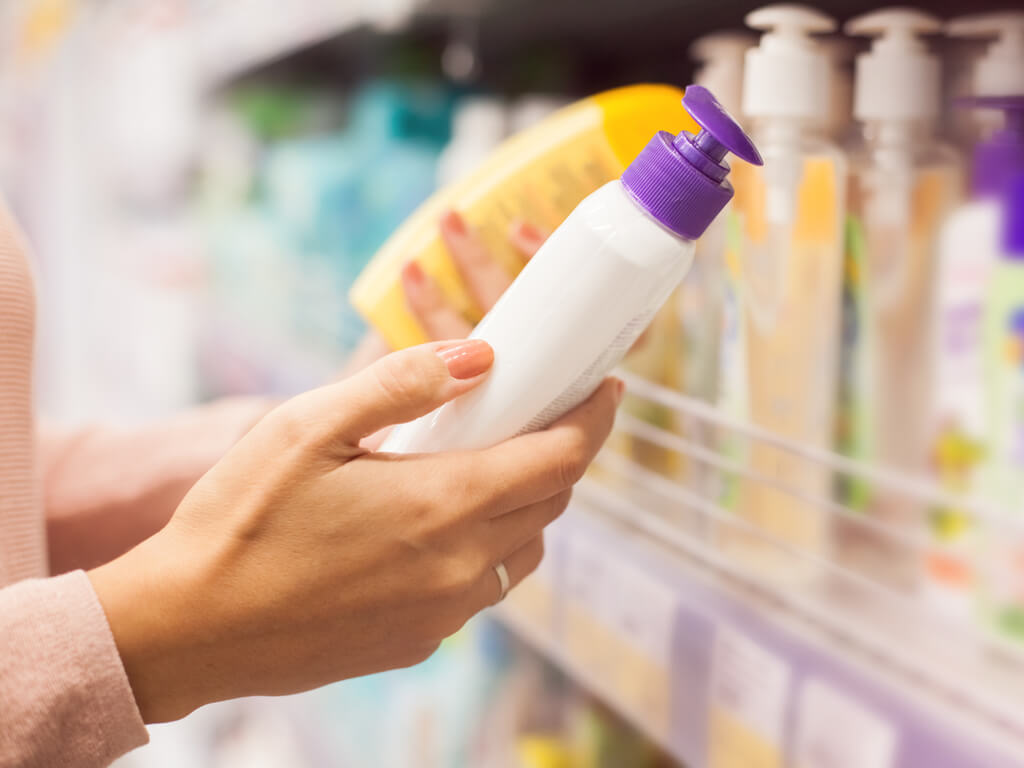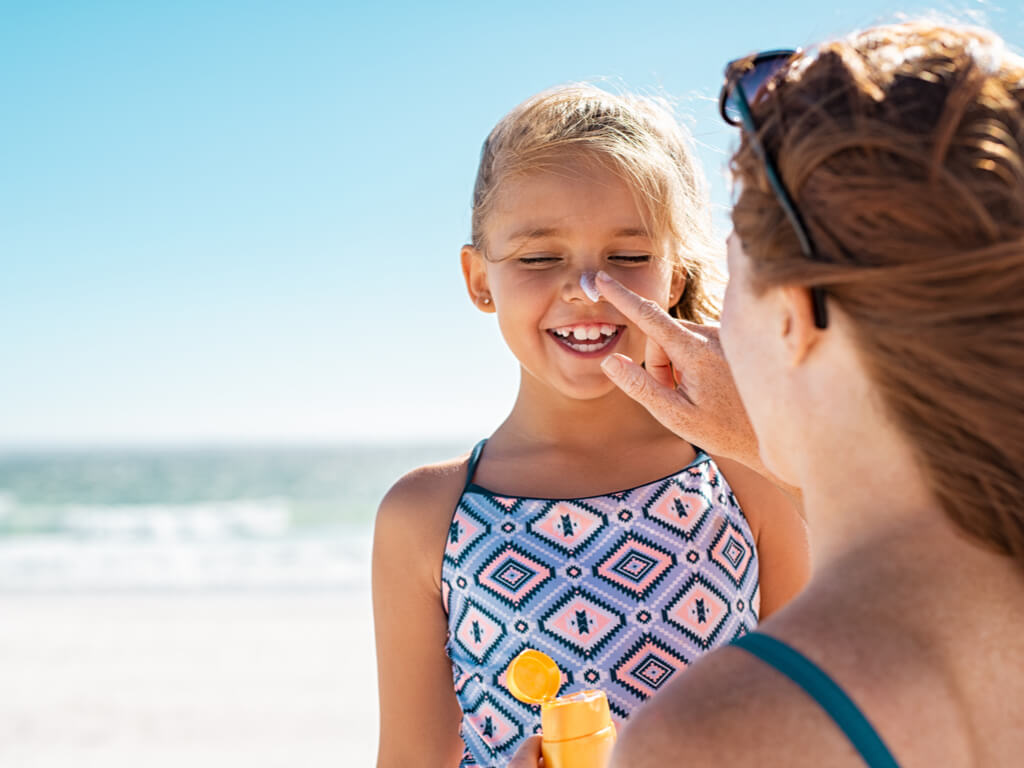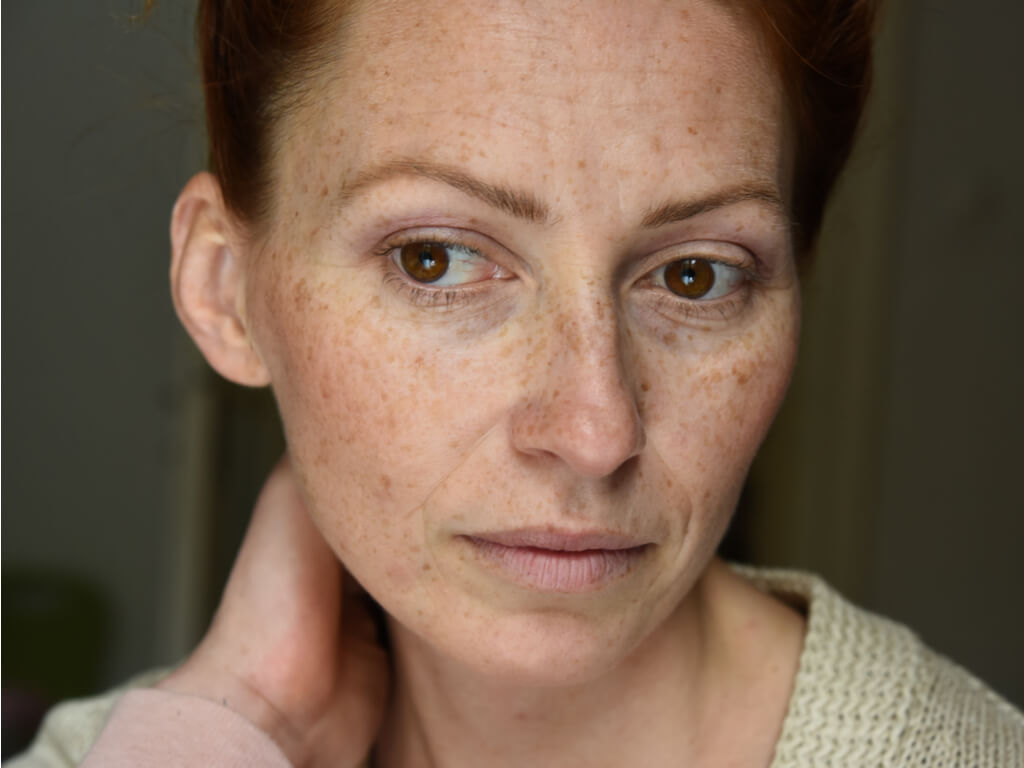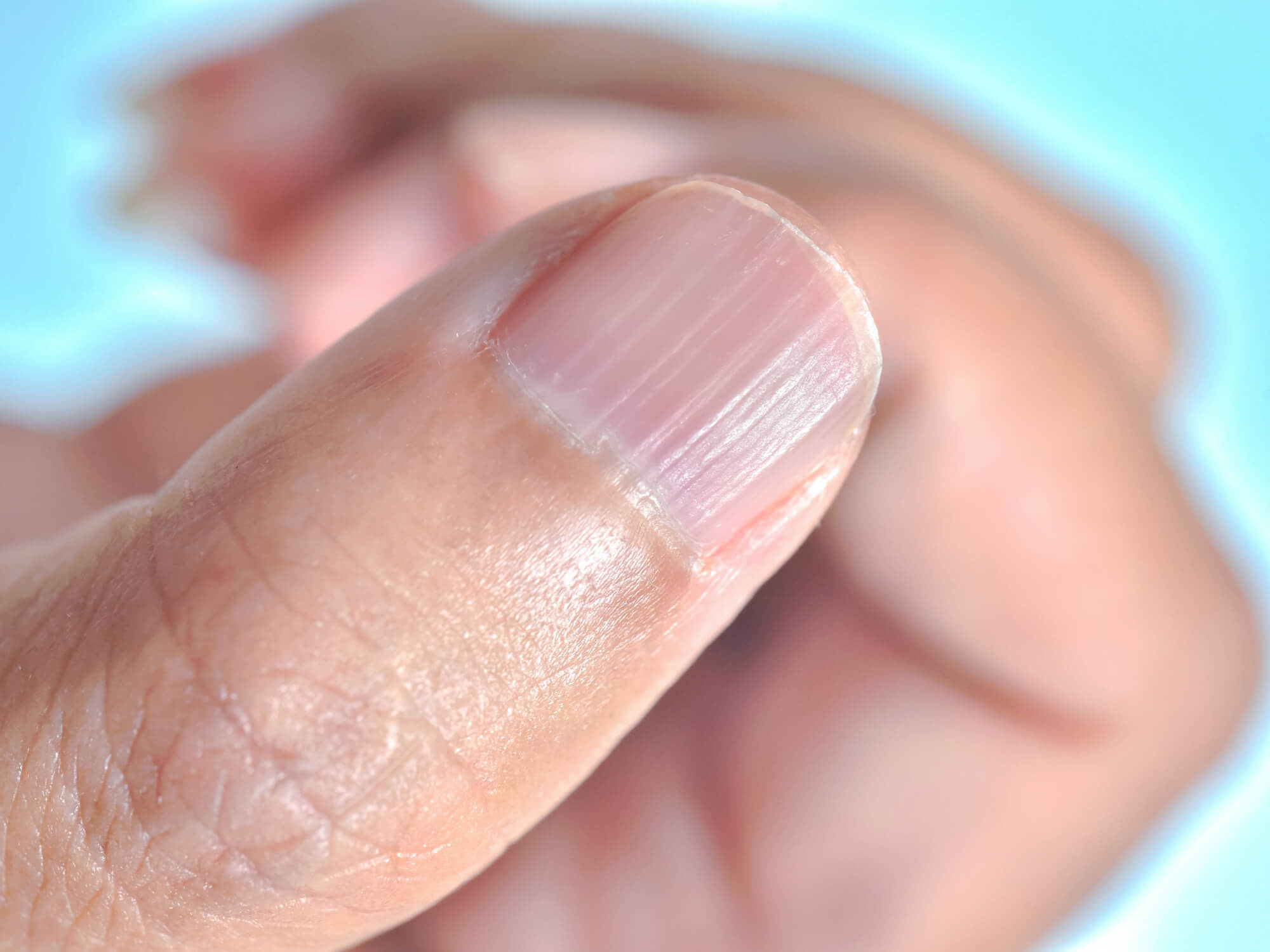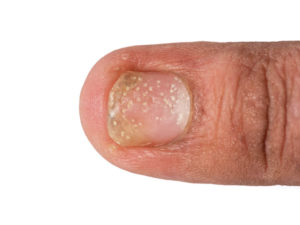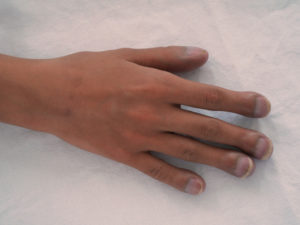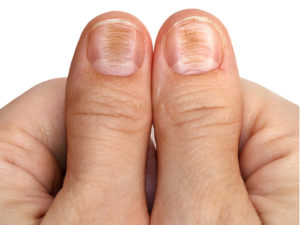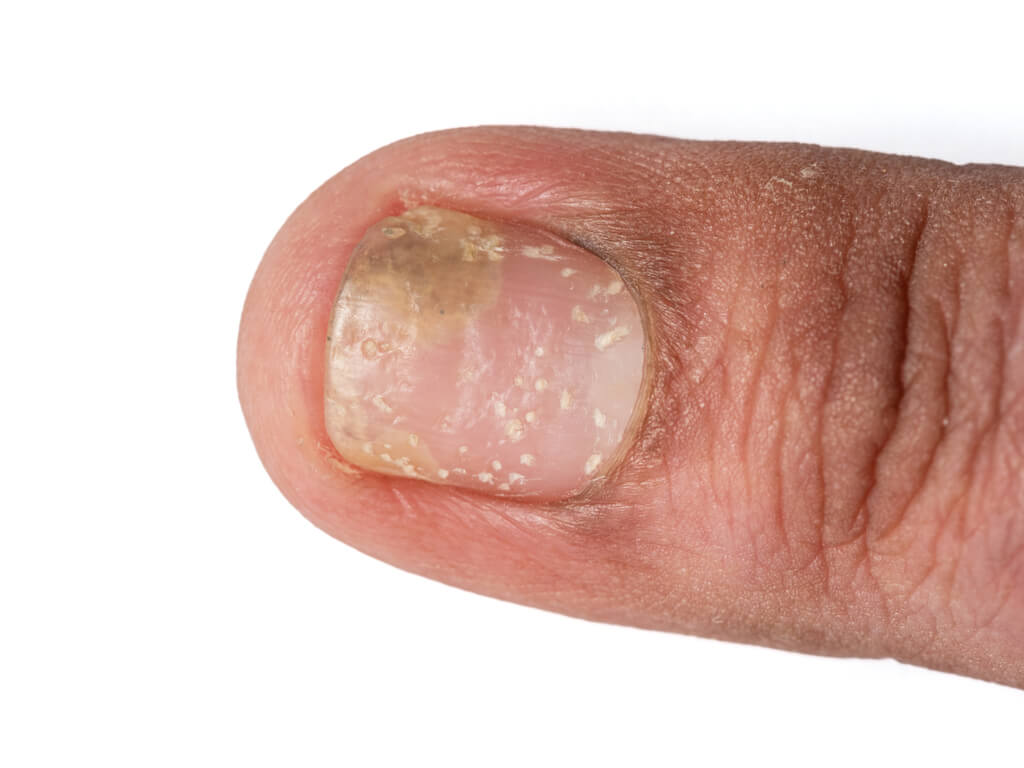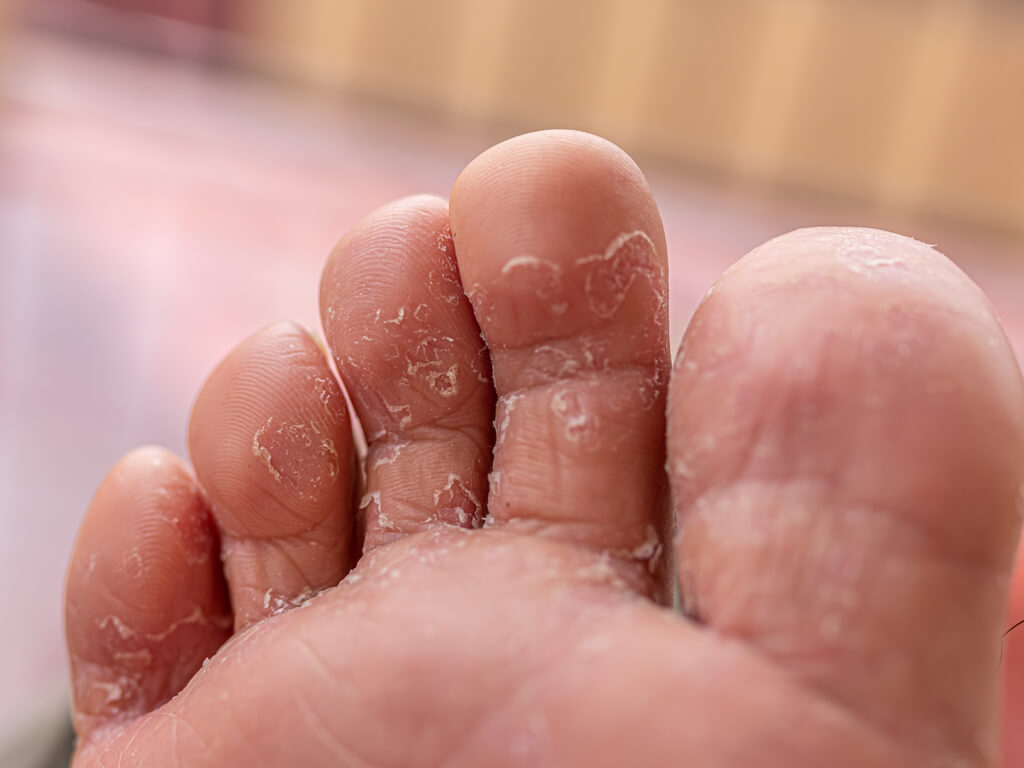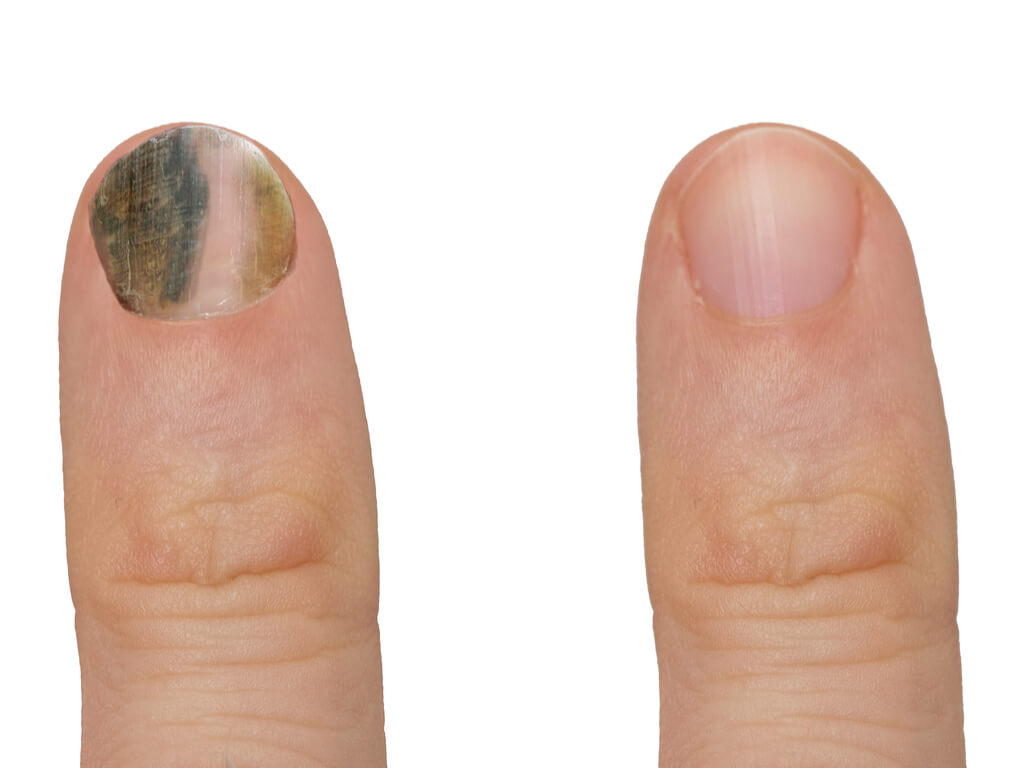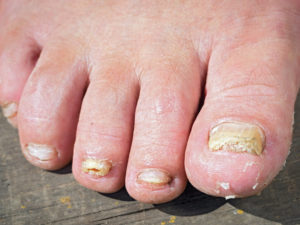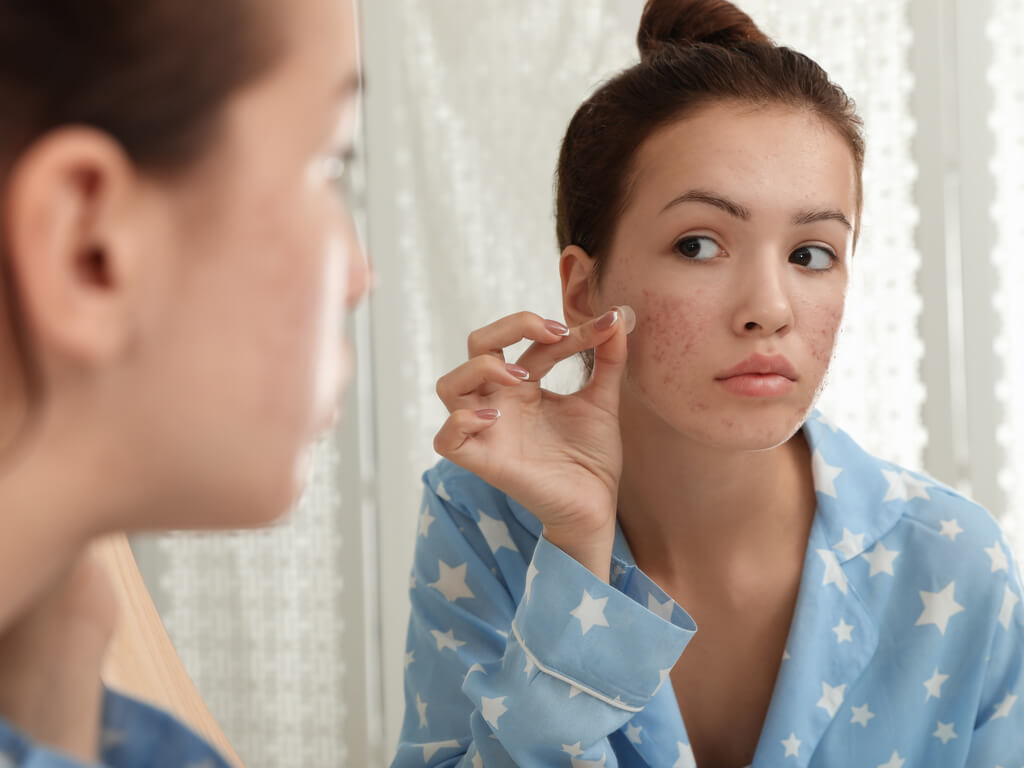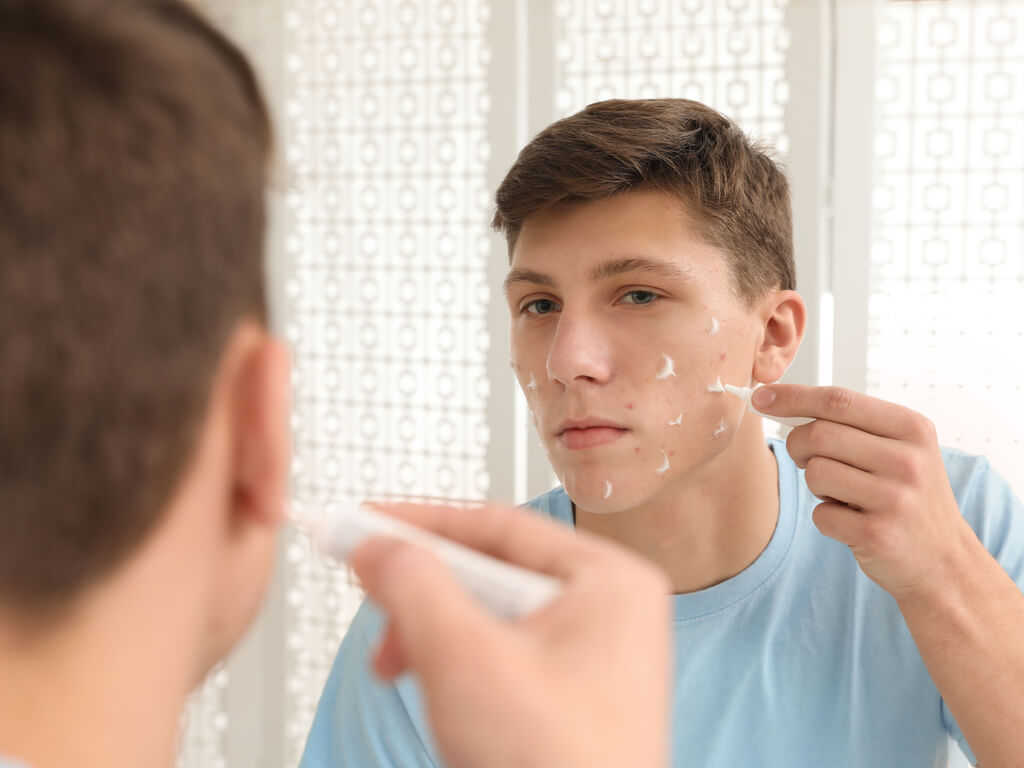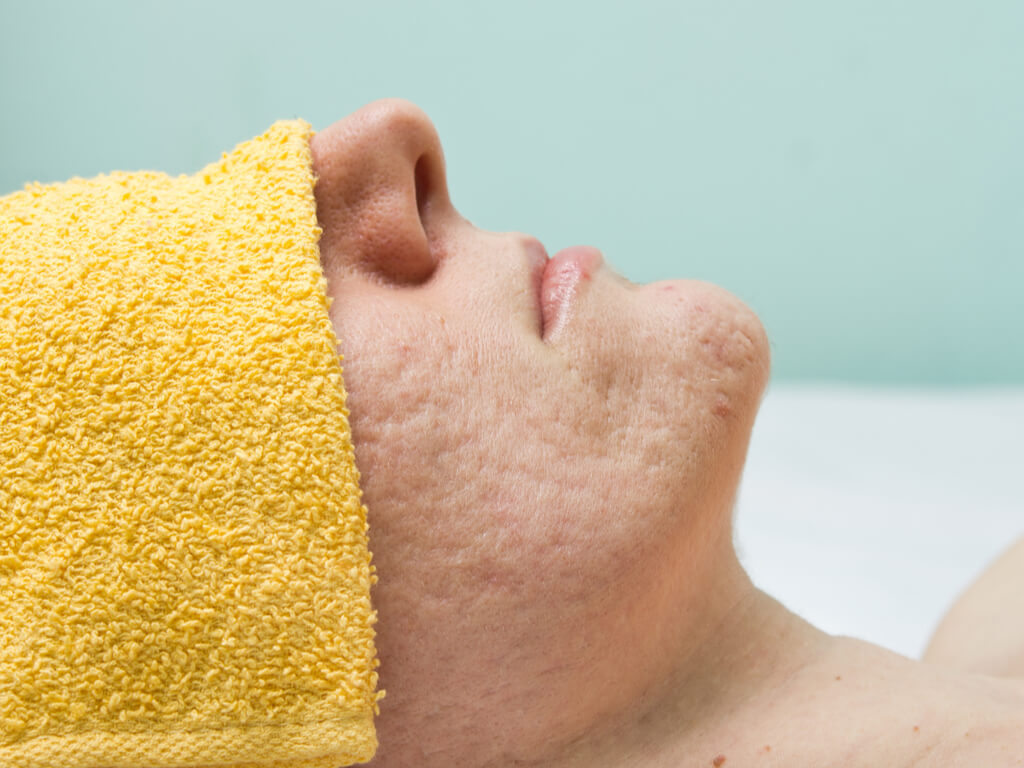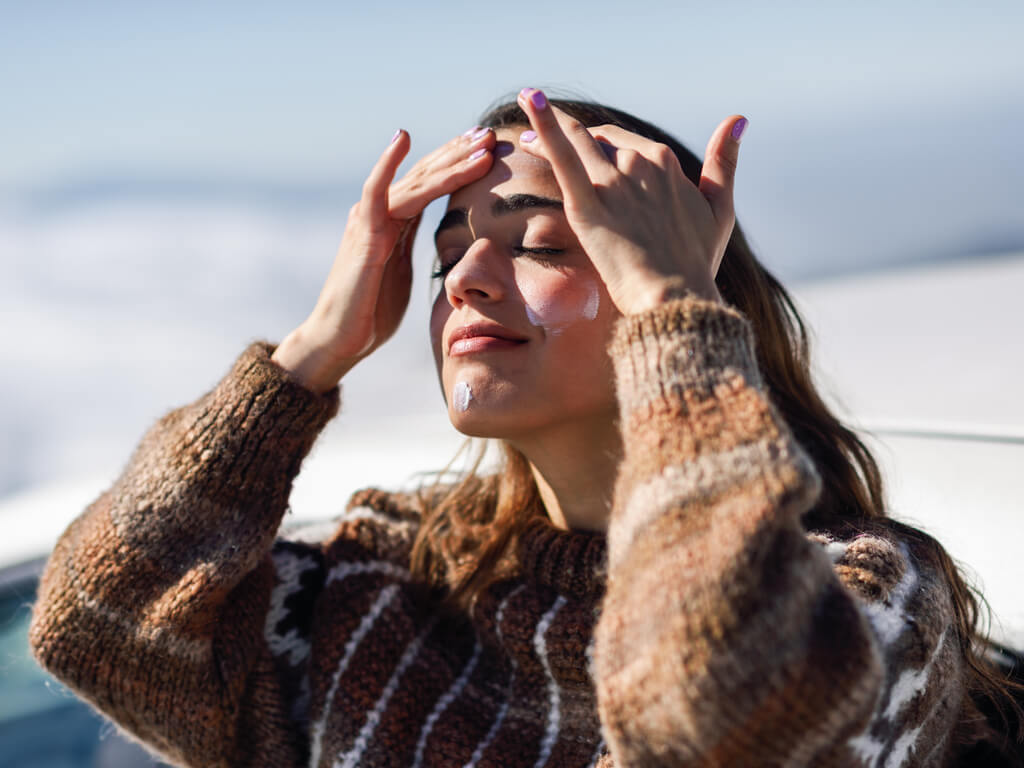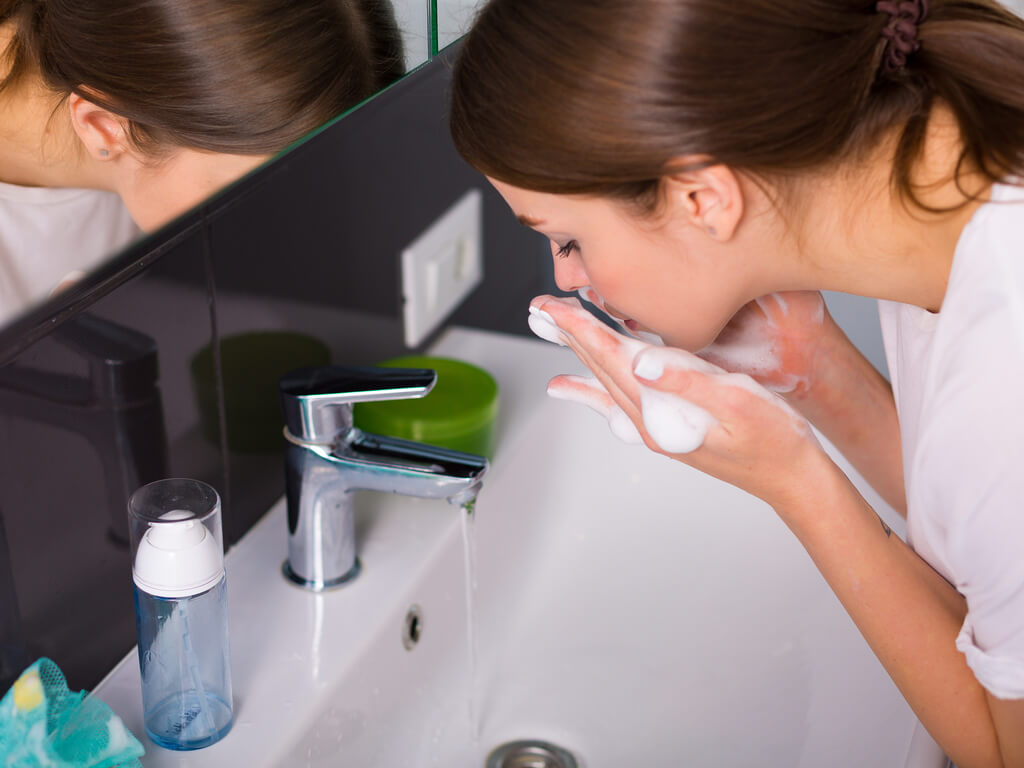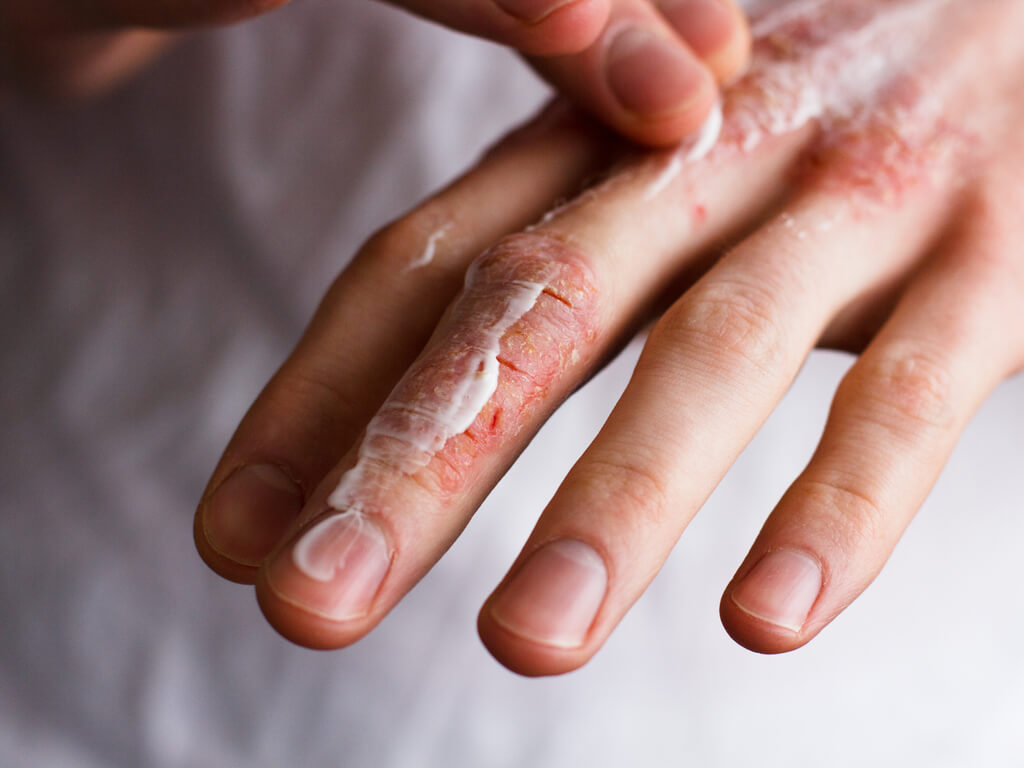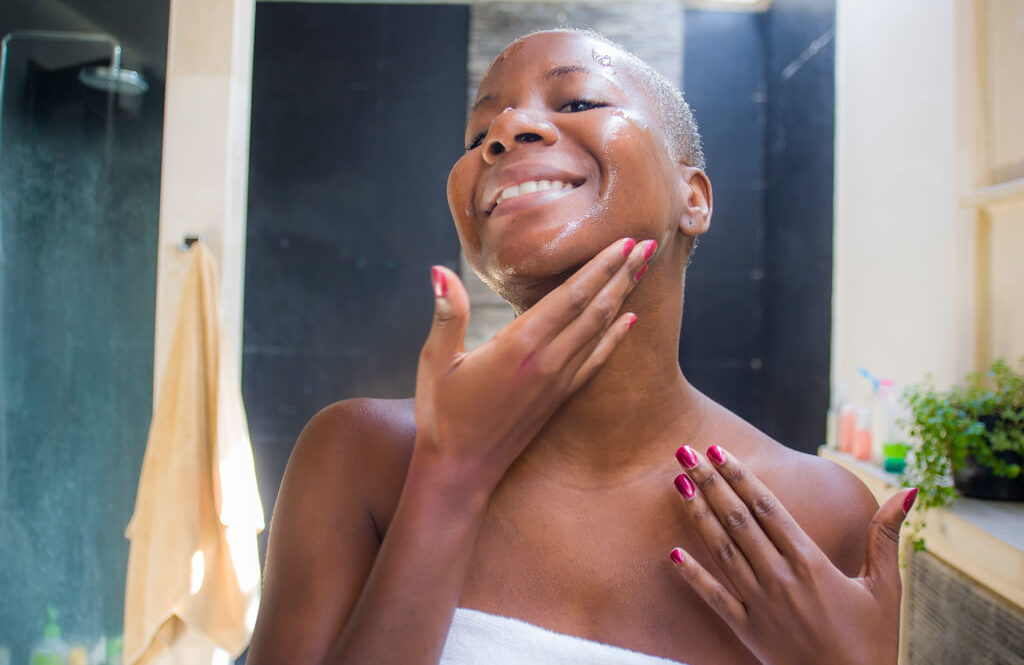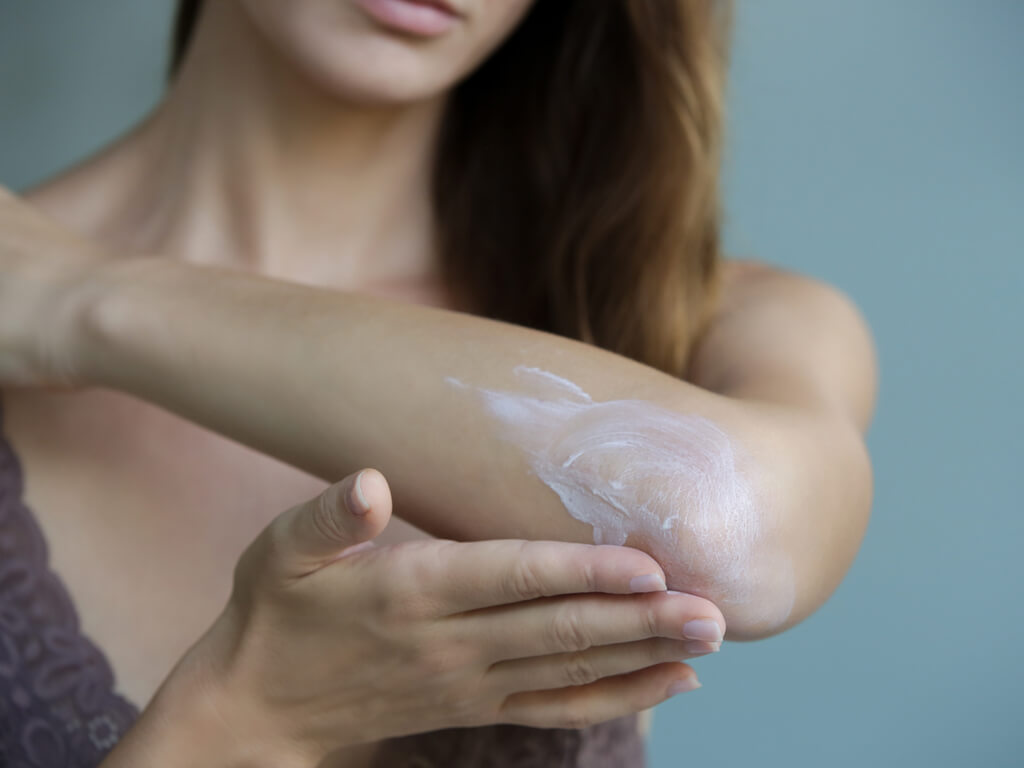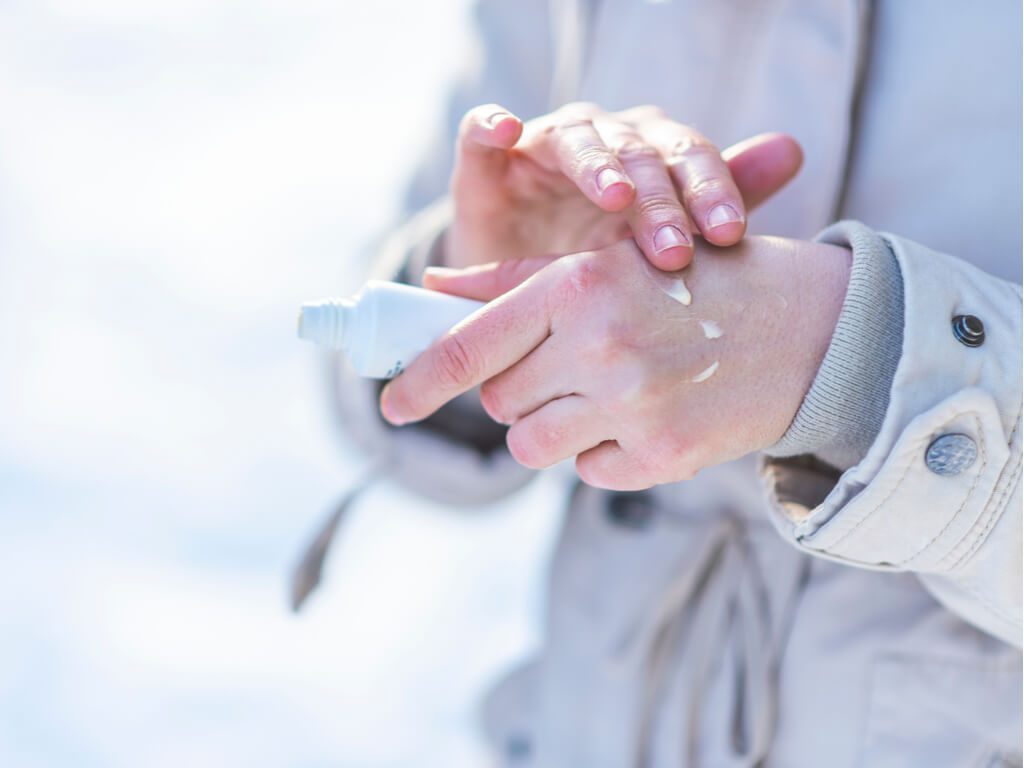Like we talked about last month, you need to protect your skin from the sun if you want to prevent skin cancer. Now that it’s May, it’s officially Skin Cancer Awareness Month. As a Nashville dermatology practice, we feel it is important to provide the best ways to protect yourself from sun exposure, the benefits of sun-protective clothing, and the importance of skin cancer screenings.
Find more sun safety tips from Kristen Stirling on The Kim & Kalee Show
Use Sunblock and Sunscreen Regularly
No matter what part of the world you’re in, you’re exposed to ultraviolet radiation from the sun. UV light is what causes sunburns and eventually skin cancer. With summer coming up, and with COVID ending, there’s a lot more time for playing outside and soaking in the sun.
Now, not every activity outside is dangerous in terms of sun exposure, but summer is the time when people burn the easiest. Whatever you do, you need to keep sun protection on your mind when you or your kids are out playing sports, swimming, out on a picnic, or even just taking care of the lawn.
Should I Use Sunblock or Sunscreen?
Benefits of Sunscreen
Anything is really better than nothing when it comes to sun protection. Sunscreen is really the less effective option in terms of formulated sun protection. Most of the time, sunscreens are made from aerosol chemicals that absorb the rays of the sun and turn them into heat. Sunscreens are easy to apply but are only effective for a limited amount of time before you need to reapply.
Another thing to be aware of is that sunscreens, especially if you’re going to be swimming, tend to wash off and become less effective in the water. That said, there are several water-resistant sunscreens available, but you should still apply them regularly.
Benefits of Sunblock
Now, sunblock on the other hand creates an actual physical barrier between your skin and the sun. Sunblock formulations usually include titanium dioxide or zinc. These metals are organic materials that have to be mined out of the ground, which makes sunblocks more expensive than a spray-on sunscreen.
These metals are also usually too large to be used in an aerosol spray. However, we have noticed a few newer sunscreens with zinc in their formula. If you prefer using a spray-on screen, look for one with zinc or titanium in its ingredients.

Sun Protective Clothing
Within the past few years, protective sun gear has gotten more stylish and more popular. This includes options like rash guards, sun shirts, and cover-ups. And of course, you shouldn’t go without timeless accessories like a wide-brim hat and a handy pair of sunglasses. Whether you’re hitting the beach or just like being outdoors, you should consider using these clothes to keep your skin safe from sun damage.
Rash Guards
One of the best ways to save yourself some money on sunscreen is to buy a rash guard. These are sporty short or long-sleeved shirts made from synthetic materials like nylon, spandex, or polyester. They’re also quite stylish! Especially if you’re going for a surfer look.
While you’re shopping for a rash guard, make sure you look for one that offers SPF protection. Not all sun shirts are made equally, so just be aware. Also, sun shirts come in both fitted and loose designs. So, there’s plenty of options to choose from.
A final note on sun shirts is that they typically help you stay cooler when you’re in the water and while it’s wet. So you’re looking for a good way to stay cool and protected during a full day at the beach, a rash guard is the way to go. It definitely pays to cover up!
Wide Brim Hats

Since you probably don’t want to wear a full face mask at the beach, the best way to protect your face and neck while you’re in the sun is with a wide brim hat. A good protective hat should have a brim that’s at least three inches long, but anything longer is also fine.
Hats are great for sun protection because, like sunblock, they create a physical barrier between your skin and the sun. Just be careful about woven sun hats, because many of their brims have holes wide enough to let the sun shine through.
Does My Hat Need an SPF?
It never hurts to have a sun protection factor (SPF) built into your clothes or accessories. Remember, anything is better than nothing when it comes to sun protection. So, if you have just a cute simple wide brim hat, then use that. But if you want the best protection, you should go for a hat with a built-in SPF.
Should I Wear Sun Resistant Clothes Every Day?
If you want to wear your beach gear around every day, it won’t hurt! But, your normal clothes offer some sun protection already. The level of SPF for normal clothes depends on the fabric and color; and whether your clothes are wet or dry.
Lighter-colored cotton fabrics generally offer less protection, but heavier materials like denim offer much more. Densely woven clothes also offer a higher SPF than more loosely woven materials. Synthetic fabrics are also quite effective sun blockers. Also, shiny materials like polyester, satin, or silk can offer good protection due to their naturally reflective makeup.
If you’re worried about how well your clothes protect you from the sun, just hold the fabric up to a light, and if you can see through it, then it does not offer a good SPF.
The Importance of Skin Cancer Screenings
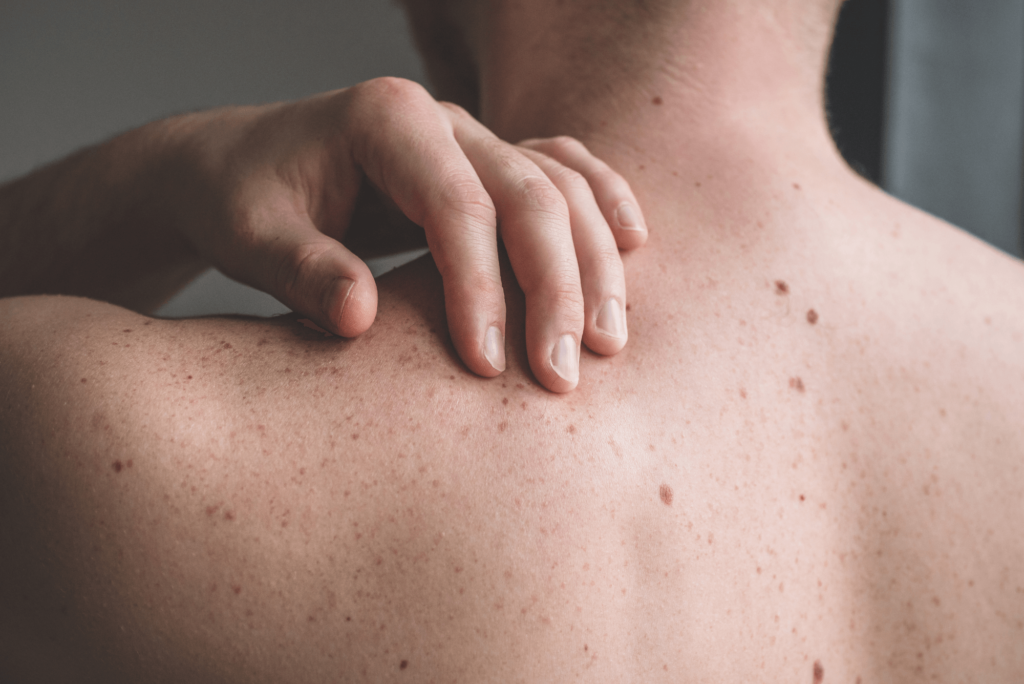
Perhaps the most important part of Skin Cancer Awareness Month is encouraging people to get screened for skin cancer. In the field of dermatology, we generally recommend that anyone over 40 should get a yearly skin cancer screening.
Compared to other screenings, skin cancer exams are very quick. A Tennessee dermatologist or a licensed nurse practitioner of dermatology can easily perform a screening in three to five minutes. More often than not there are no troubling signs, but a derm expert can identify the early signs of skin cancer and recommend when to remove a precancerous mole.
Plus, the sooner we can detect a cancerous lesion, the better your chances of recovery will be.
What Are the Early Signs of Skin Cancer?
A rule of thumb when spotting skin cancer is to look for changes or irregularities in your moles. One of the keys we use in the field of dermatology is the ABCDEs of skin cancer.
A – Asymmetric
Skin cancer lesions are irregularly shaped and are never perfectly round or ovular like a regular mole.
B – Border
Lesions, or precancerous moles, may have a jagged and irregular border, instead of a smooth gradual border like a normal mole.
C – Color
The lesions may be either an odd color or a mix of colors. It is not uncommon to see red, black, blue and even pinkish colors in skin cancer growths.
D – Diameter
The diameter of the lesion or mole is larger than 6 mm.
E – Evolving
The mole or lesion does not look the same over time, and either changes color, grows in diameter or a combination of the previously mentioned indicators.
With these tips in mind, you can keep an eye on your skin and if you notice any that are concerning, you should see a dermatology practitioner. Also, if you have a partner or significant other, they can help you inspect your back for hard-to-see moles. In fact, the back is the second most common place where skin cancer occurs, other than the face and neck.
Celebrate Skin Cancer Awareness Month with Tennessee Telederm
If you’re concerned about the condition of your skin and need help identifying if you have a precancerous mole, then make an appointment with Kristen Stirling, APRN for an online skincare consultation. Kristen also offers online dermatology appointments for acne, rashes, eczema, rosacea, warts and more. Appointments are about 30-45 minutes long and are online only. Which means you don’t have to worry about visiting a doctor’s office or getting stuck in Nashville traffic!



